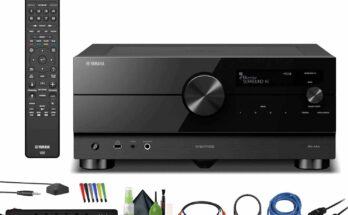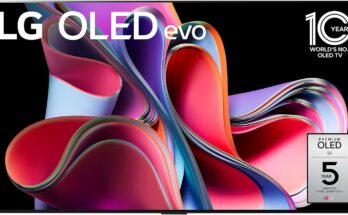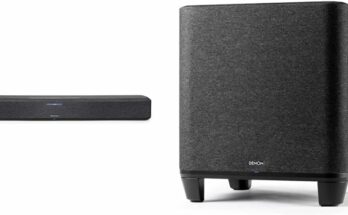Sure, here is a detailed article on the following question:
Why Would Someone Choose LED Over OLED?
OLED (organic light-emitting diode) and LED (light-emitting diode) TVs are two of the most popular types of TVs on the market today. Both offer stunning picture quality, but there are some key differences between the two technologies that may make one a better choice for you than the other.
Picture Quality
OLED TVs are known for their superior picture quality, with deeper blacks, brighter whites, and a wider color gamut than LED TVs. This is because OLED pixels can independently control their own light and brightness, while LED TVs use a backlight to illuminate the screen, which can lead to some light leakage and black levels that are not as deep.
Cost
OLED TVs are typically more expensive than LED TVs. This is because OLED technology is newer and more expensive to manufacture. However, prices for OLED TVs have been coming down in recent years, and they are now within reach for more consumers.
Burn-in
OLED TVs are susceptible to burn-in, which is a permanent image retention issue that can occur when static images are displayed for extended periods. LED TVs are not susceptible to burn-in.
Brightness
LED TVs are typically brighter than OLED TVs. This is because LED TVs use a backlight to illuminate the screen, which allows them to produce brighter images. However, OLED TVs are still plenty bright for most viewing environments.
Input Lag
LED TVs typically have lower input lag than OLED TVs. This is important for gamers, as lower input lag means that there is less of a delay between when you press a button on your controller and when the action appears on the screen.
Lifespan
OLED TVs have a shorter lifespan than LED TVs. This is because OLED pixels degrade over time, which can lead to a decrease in picture quality. LED TVs, on the other hand, have a much longer lifespan.
Energy Efficiency
OLED TVs are more energy efficient than LED TVs. This is because OLED pixels only consume power when they are lit, while LED TVs consume power even when the screen is black.
Viewing Angle
OLED TVs have a wider viewing angle than LED TVs. This means that the picture quality will remain consistent even if you are viewing the TV from an angle. LED TVs, on the other hand, can have some color shifting and loss of contrast when viewed from an angle.
Features
Most OLED and LED TVs come with a variety of features, such as smart TV functionality, high dynamic range (HDR) support, and game mode. However, some features may be more common on one type of TV than the other. For example, OLED TVs are more likely to have a wider color gamut and support for variable refresh rate (VRR), while LED TVs are more likely to have a higher refresh rate and support for local dimming.
Conclusion
Ultimately, the best type of TV for you will depend on your individual needs and preferences. If you are looking for the best possible picture quality and are willing to pay a premium, then an OLED TV is the way to go. However, if you are on a budget or are concerned about burn-in, then an LED TV may be a better choice.
Here is a table summarizing the pros and cons of each type of TV:
| Feature | OLED TV | LED TV |
|---|---|---|
| Picture quality | Superior | Excellent |
| Cost | More expensive | Less expensive |
| Burn-in | Susceptible | Not susceptible |
| Brightness | Up to 1,000 nits | Up to 2,000 nits |
| Input lag | Higher | Lower |
| Lifespan | Shorter | Longer |
| Energy efficiency | More efficient | Less efficient |
| Viewing angle | Wider | Narrower |
| Features | Wider color gamut, VRR | Higher refresh rate, local dimming |
I hope this helps!






